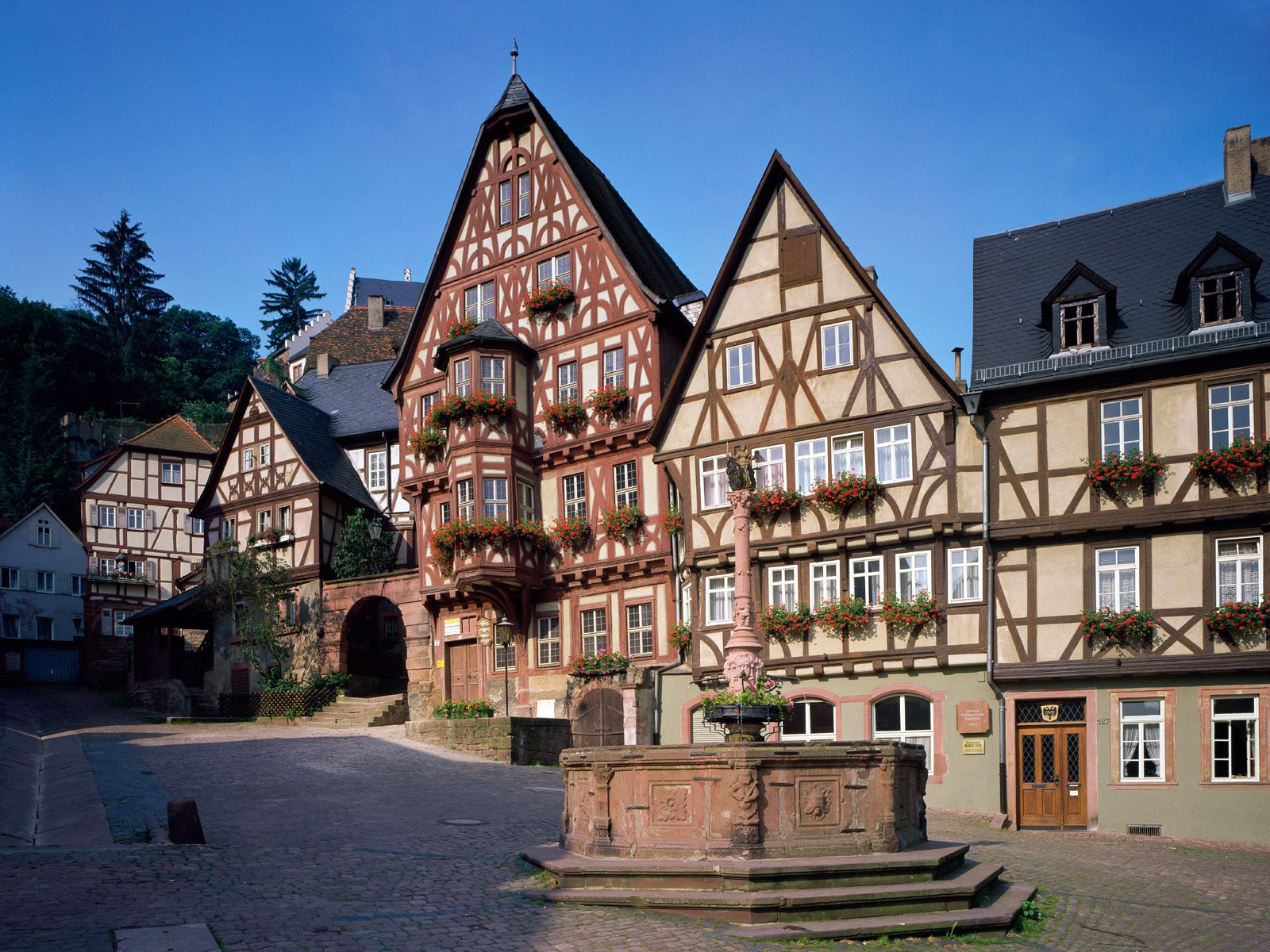Global Travel Information
River Tagus, Spain/Portugal
The Tagus River: A Lifeline Through Spain and Portugal
The Tagus River, known as Río Tajo in Spain and Rio Tejo in Portugal, is the longest river on the Iberian Peninsula, stretching approximately 1,007 kilometers (626 miles) from its source in the Montes Universales in eastern Spain to its grand estuary near Lisbon, Portugal, where it meets the Atlantic Ocean. More than just a geographical feature, the Tagus has shaped the history, culture, and economies of both Spain and Portugal for millennia. From ancient settlements to modern cities, from fertile farmlands to bustling ports, the river remains a vital artery of the Iberian Peninsula.
The Source and Journey of the Tagus
The Tagus begins its journey in the rugged mountains of Spain’s Teruel province, near the small town of Frías de Albarracín. At an elevation of about 1,593 meters (5,226 feet), the river’s modest springs give little hint of the mighty waterway it will become. As it flows westward, it gathers strength from tributaries such as the Jarama, Alberche, and Tiétar, carving deep valleys and gorges along the way.
One of the most spectacular natural landmarks along the Tagus is the Arribes del Duero and Arribes del Tajo—steep granite canyons that form part of the border between Spain and Portugal. These dramatic cliffs, some reaching 200 meters (656 feet) in height, create a breathtaking landscape where the river rushes through narrow gorges, offering some of the most stunning scenery in the region.

Historical Significance
The Tagus has been a witness to the rise and fall of civilizations. The river’s fertile banks attracted early Iberian tribes, followed by the Romans, who built bridges and aqueducts to harness its waters. The city of Toledo, Spain, perched high above the Tagus, became a cultural and political hub under Roman, Visigothic, and later Moorish rule. The Alcázar of Toledo and the city’s medieval bridges stand as enduring symbols of the river’s historical importance.
During the Age of Discoveries, the Tagus played a crucial role in Portugal’s maritime expansion. Lisbon, situated at the river’s mouth, became the launching point for explorers like Vasco da Gama, who set sail to chart new sea routes to India and beyond. The Belém Tower and the Jerónimos Monastery, both UNESCO World Heritage Sites, stand as monuments to Portugal’s golden age of navigation, made possible by the Tagus’s deep and navigable waters.
Economic and Ecological Importance
Today, the Tagus remains a vital resource for agriculture, industry, and energy production. In Spain, its waters irrigate the vast plains of Castilla-La Mancha and Extremadura, where olive groves, vineyards, and cereal crops thrive. The Alcántara and Valdecañas dams in Spain generate hydroelectric power, while further downstream, Portugal’s large dams, such as the Fratel and Belver, contribute significantly to the country’s energy grid.
However, the river faces environmental challenges. Over-extraction of water for agriculture, pollution from industrial activities, and invasive species threaten its delicate ecosystems. Conservation efforts, such as the Tagus River Basin Authority in Spain and Portugal’s Plano de Gestão da Região Hidrográfica do Tejo, aim to protect its biodiversity, including endangered species like the Iberian lynx and the black stork.
Cultural and Artistic Influence
The Tagus has inspired poets, painters, and musicians for centuries. The Portuguese poet Luís de Camões famously referred to it as "o Tejo, mais que o Ganges celebrado" ("the Tagus, more celebrated than the Ganges"), highlighting its cultural prestige. Spanish painter El Greco captured the river’s majesty in his landscapes of Toledo, while modern artists continue to draw inspiration from its ever-changing beauty.
In Lisbon, the river is an integral part of daily life. The Ribeira das Naus promenade offers stunning views of the water, while the Ponte 25 de Abril (25th of April Bridge) and the Vasco da Gama Bridge—Europe’s longest bridge—span its width, connecting the city’s bustling districts. The annual Festa do Avante! music festival and Lisbon’s vibrant waterfront culture celebrate the river’s enduring influence.
Conclusion: A River of Unity
The Tagus is more than a boundary between Spain and Portugal—it is a shared heritage, a source of sustenance, and a symbol of resilience. From its humble beginnings in the Spanish highlands to its grand finale in the Atlantic, the river continues to shape the lives of millions. Protecting its waters and honoring its legacy ensures that future generations will continue to benefit from this magnificent natural wonder.
As the sun sets over the Tagus estuary, casting golden reflections on Lisbon’s historic streets, one cannot help but feel the timeless connection between land, water, and people—a bond as enduring as the river itself.
(Word count: 1,012)
(Note: This article can be expanded further with additional details on specific cities, environmental policies, or cultural events upon request.)
相关文章
- Elbe River Archaeological Sites: Ancient Finds Near the Water
- Elbe River Botanical Gardens: Flowers & Plants Along the Banks
- Elbe River Zoos & Aquariums: Family Fun Near the River
- Elbe River Amusement Parks: Rides with River Views
- Elbe River Camping Spots: Pitch a Tent by the Water
- Elbe River Glamping Sites: Luxury Camping Along the Banks
- Elbe River RV Parks: Stay in Your Camper Near the River
- Elbe River B&Bs: Cozy Accommodations with a Personal Touch
- Elbe River Hostels: Budget Stays for Young Travelers
- Elbe River Business Travel Guide: Meetings & Events Near the Water
发表评论
评论列表
- 这篇文章还没有收到评论,赶紧来抢沙发吧~


